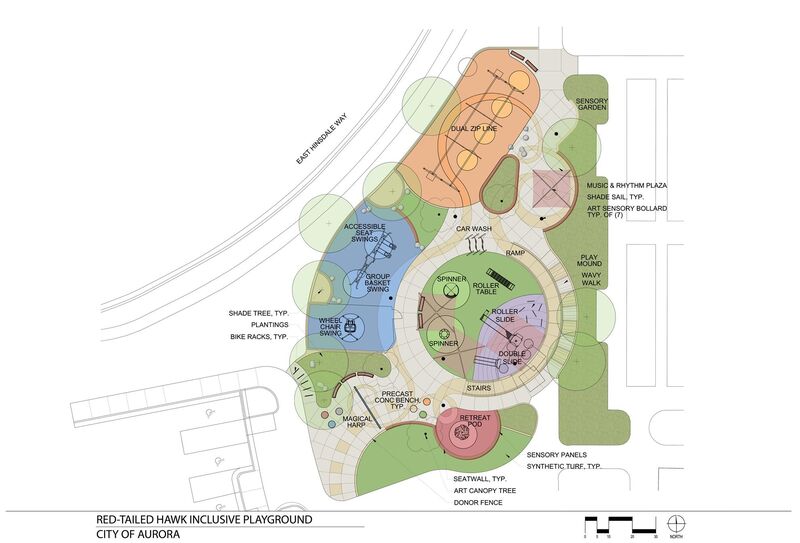
Here we are in July and summer activities are in full force. As I attended Chris Noel’s ADA Symposium presentation, he reminded us that it is parks that bring communities together. For this exact reason, why not make as many public parks accessible to the maximum extent. Chris Noel is the ADA Accessibility Coordinator for New York City Parks. With NYC parks it even comes down to the barbeque grills because well, everyone should be able to barbeque.
What makes an accessible park?
The first element to NYC parks that Chris discussed was about having adaptive hubs. Adaptive hubs are accessible recreation centers that offer many public programs to people with disabilities. These same hubs can also be used as resources centers that people with disabilities can use to get more information on NYC parks. A few of the programs they offer include but are not limited to; adapted swimming, modified fitness classes, adaptive sports, and art instruction.
The next facility is their basketball courts. NYC parks has a series of accessible outdoor basketball courts. These include entrances that are level with the pavement or a ramp that accesses the court and gates that lead into the courts are 32 inches wide.
When it comes to going to the beach each summer, they put out a special product called mobi-mats. The mobi-mats allow people in a wheelchair to access the sand from the boardwalk. They also have sand wheelchairs available at most of their beaches.
They have also designed baseball fields on an accessible surface that they play wheelchair softball on. A few of their baseball stadiums also have accessible routes all the way into the dugout. This way a person in a wheelchair can get from the parking lot and into the dugout without having to travel through bumpy surfaces.
The biggest challenge they face when making a park accessible is the bathroom. Chris states that, on average, a contractor will charge anywhere from 2 to 4 million dollars to construct an accessible restroom facility in New York City. To battle this, they will redesign existing facilities to include a 5-foot turning radius, grab bars, and amenities are all placed at a height appropriate to people in wheelchairs. Even if this means removing items.
Evolving Playgrounds
A typical playground consists of multilevel platforms, often times with slides, jungle gyms, or monkey bars veering off into different direction. The swings have a bucket style swing for babies and standard swings next to them. This playground design limits people with disabilities in both how the enjoy and experience the playground. Whether a person has a cognitive or mobility disability many urban play areas inadvertently excludes a significant portion of the population.
Newer playground designs lean more toward a more natural, adventurous, and engaging experience. These include climbing walls, splash parks, sculptural play pieces where a person can change and mold their environment. The 2010 ADA Standards take these designs a step further. These set of standards look at the accessibility of a playground by outlining all play areas should be accessible via ramps and barrier-free paths of travel, designs should include a range of accessible play options, and the surface on and around all the equipment should be accessible.
Local Access
Recently, southeast of Denver in Aurora, Colorado a 7-year-old by the name of Ashaun made a change in a big way. Ashaun is a young boy filled with joy, but because of the child abuse Ashaun suffered, he unable to walk, talk, or eat. He now requires being fed through a tube in his intestine. He has had many hospitalizations and last year had to have his entire colon removed so now also has an ileostomy. He is legally blind and functions similar to that of a very young infant. Mentally, he understands just about everything. He loves silly jokes, music, anticipation games, his friends and above all else, going super-fast in his wheelchair!
Through the local Make-A-Wish program Ashaun made the wish for an accessible playground at the park near his home because his favorite thing to do is be around other kids who are laughing and playing. Opening this summer is an all-inclusive playground for all children in southeast Aurora’s Red-tailed Hawk Park. Accessible playgrounds allow people of all abilities to adventure through sound, color, texture, and movement. The project is an 8,000 square feet space that includes a sensory garden, accessible play equipment, musical instruments, and many features that invite sensory experiences.